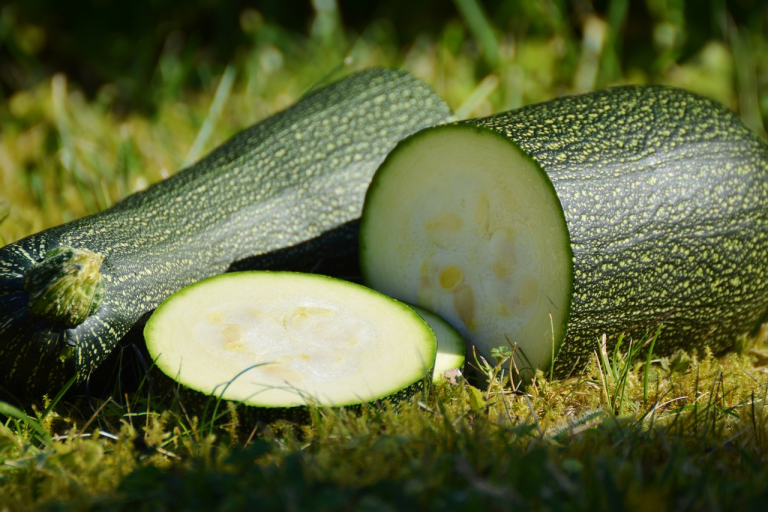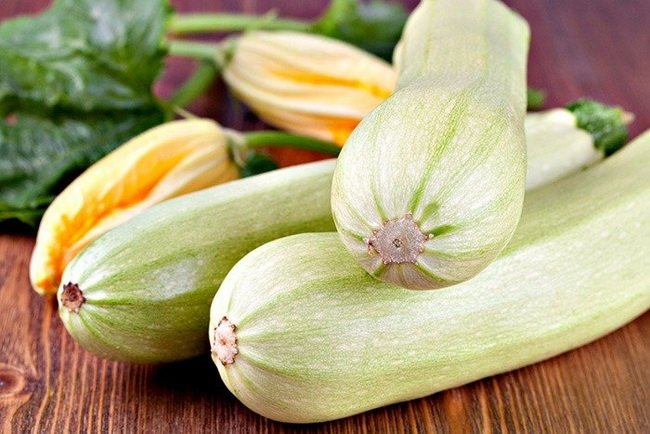Anyone who eats consciously tries to eat as many vegetables as possible – some varieties are healthier raw than cooked. Even if it sometimes takes some getting used to, you should eat these vegetables raw from time to time.
Vegetables contain many valuable vitamins, minerals and antioxidants. However, some nutrients are sensitive to heat – some of them are lost during cooking, roasting or baking. Vitamin B1, vitamin B5 and vitamin C, for example, are particularly sensitive to heat. You should therefore eat the following types of vegetables raw:
Broccoli

Broccoli is rich in vitamins B1, B2 and B6, among other things, and contains a particularly large amount of heat-sensitive vitamin C. With just around 100 grams, you can even cover your daily vitamin C requirement. A significant proportion of vitamin C disappears during cooking.
But that’s not the only reason you should eat the vegetables raw: the plant also contains glucosinolates – scientists suspect that the substances protect against colon cancer. They are also sensitive to heat.
Caution: When eating raw broccoli, only eat the florets, they are easier to digest than the stalk. Undercooked broccoli can also cause bloating. Sensitive people in particular should therefore only consume small portions.
Garlic
Garlic is a real miracle bulb. It contains ingredients that lower blood lipid levels and thus protect the blood vessels. Garlic can also lower cholesterol levels. The substance “Allicin” is also important. It is responsible for the typical garlic smell. Scientific studies provide evidence that allicin can prevent or even alleviate cancer.
Allicin in garlic is formed by the enzyme alliinase. However, cooking deactivates the enzyme. So to reap the full health benefits of garlic, it’s a good idea to eat it raw – chopped up in a salad, in a dip, or in garlic butter, for example.
Onions
Onions also contain allicin, as well as lots of vitamin C, antioxidants and B vitamins. Sulfur compounds, which are good for the heart, among other things, are also particularly valuable. Onions, like garlic, are believed to prevent cancer. Onions are much more effective raw than cooked because many of the most important ingredients are lost through cooking. So eat the vegetables raw from time to time – for example in a delicious radish salad.
Paprika
Bell peppers are considered to be one of the vegetables richest in vitamin C. Half a pepper should be enough to cover the daily vitamin C requirement. However, vitamin C is sensitive to heat – so it is better to eat peppers raw.
Zucchini
Zucchini is also particularly healthy raw. Among other things, it contains iron and a lot of vitamin C – which is lost during cooking.
However, be careful if the zucchini tastes bitter: cucurbitacins are responsible for the bitter taste. The bitter substances can cause stomach problems – even when cooked, a bitter zucchini is no longer edible.
Beetroot
The tuber contains a lot of vitamin B, potassium, iron and also a lot of folic acid. However, folic acid is very sensitive to heat and highly soluble in water. Beetroot loses a large part of its folic acid when it is cooked. Raw beetroot tastes good thinly grated, for example in a salad. It is also suitable as a juice.
However, one should not overdo it with raw beetroot: it contains oxalic acid. The fruit acid is not toxic per se, but can be harmful in large quantities: it promotes the formation of kidney stones and inhibits the absorption of iron. People who are prone to kidney stones should therefore not eat the vegetables raw.
Eat vegetables raw: And if they don’t taste good?

Heat-sensitive nutrients such as vitamin C or folic acid do not have to disappear completely when heated – but significantly less remains in the vegetables. Zucchini, beetroot, garlic and co. are still healthy when cooked, but they are even more valuable raw. With other vegetables it is exactly the opposite: These vegetables are healthier when cooked than raw.
If you don’t like the vegetables mentioned raw, you should only heat them briefly and as gently as possible in order to preserve as many nutrients as possible. Steam cooking is particularly recommended. Here the vegetables are not cooked directly in the water, which is particularly nutrient-friendly.



